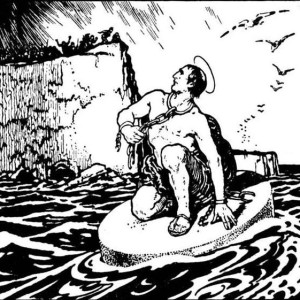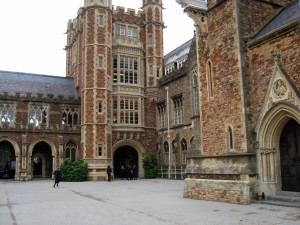Thursday Thoughts: Don’t Read my Novel on the Beach!
My book has just received the kindest review on Amazon (you can see it here: http://amzn.to/1AhLXp7) from a dear friend in my Monday Morning Writers Group. This was a great effort – working with the computer does not come easily. Much appreciated.
This group gave constructive feedback and comment throughout the entire 5 years of research and writing. It was a privilege to receive such valuable criticism, often with cheerful twitting and warnings against too much information, bodice busting and the like – which stimulated just three years ago a poetic response (with apologies to Noel Coward).
Don’t read my novel on the beach, Lady Rockingham
Don’t read my novel on the beach, Lady Rockingham
Don’t read my novel on the beach.
The shore is overcrowded,
The temperature’s often hot,
And you certainly could not
Expect to read much plot,
Just absorb all it would teach.
It’s a good book
So take another look,
There are few acts,
But you’ll learn some facts,
And then you too can preach.
But anyroad, Lady Rockingham, good Lady Rockingham,
Don’t read my novel on the beach.
Regarding yours,
Dear Lady Rockingham,
Of Monday, March the fifth,
You spoke with pith,
And made it clear
It mayn’t be such a good idea
For writing to be my sole career
Unless, I add more humanity,
Even some inanity
From a sexy little peach,
Pray even then Lady Rockingham,
Don’t take my pen, Lady Rockingham,
And never read my novel on the beach.
Don’t read my novel on the beach, Lady Rockingham,
Don’t read my novel on the beach,
My villain is really nasty,
A single dimension cad,
He devours many a Cornish pasty
So he can’t be all that bad,
The viscount’s diet is healthy,
He’s privileged and wealthy,
(Though a little smuggled brandy
Tends to make him awfully randy),
It’s from the tin, dear,
Down the mine, dear,
But aargh, Lady Rockingham,
Don’t go too faarr, Lady Rockingham,
I never dreamed
I’d get so steamed
If people ever read my novel on the beach.
© RJCH — March 5, 2012







